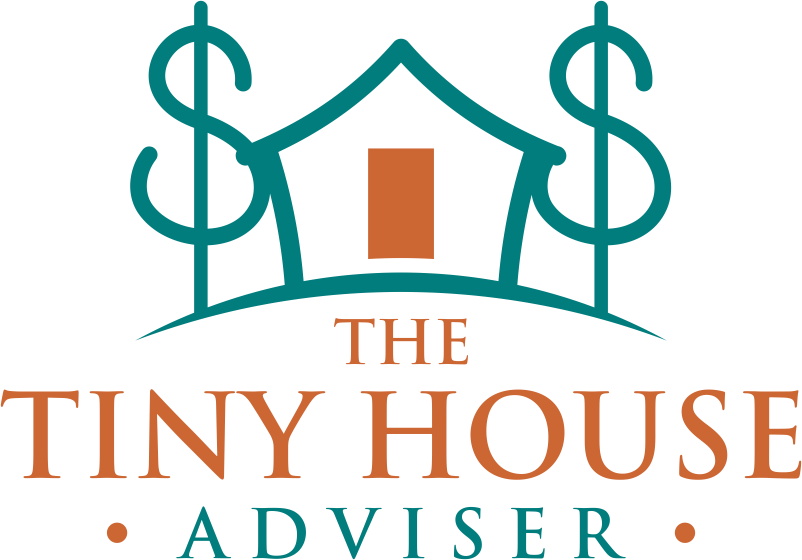EP 91: The Economics of Housing: My Personal Story
When we think about homeownership, we often imagine a big house as a sign of success. But what if less house could actually mean more financial resilience? In a recent episode of Less House More Moola, Laura Lynch shared her personal journey through the housing market, from childhood to tiny house living, and the economic lessons she learned along the way.
A Lifetime of Housing Lessons
Laura’s story begins in 1980 when her parents built their own home—a common practice in her family. They took a do-it-yourself approach, using sweat equity to create value. This early exposure to construction and homeownership planted the seeds for her lifelong passion for housing, even inspiring her to design tiny home layouts on graph paper as a teenager.
Despite the seemingly affordable housing prices of the 1980s—where the median home price was just $64,000—her family still had to navigate financial challenges, including job loss and tight budgets. They lived in a partially completed basement with a leaky temporary roof, an experience that shaped Laura’s understanding of resilience and adaptability in homeownership.
The Boom, the Bust, and the Reality of Market Timing
Fast forward to 2007, Laura’s first home purchase coincided with the peak of the housing bubble. She and her then-husband secured a mortgage on a modest home, only to see its value plummet when the market crashed. Like many others, she found herself house poor—locked into a financial situation that no longer made sense. The experience taught her a critical lesson: real estate markets are unpredictable, and buying at the wrong time can have long-term consequences.
When Laura and her partner Eric purchased their next home in 2012, they took a very different approach. Instead of stretching their budget, they bought a foreclosed home for just $60,000—less than the median home price from the 1980s. While it required significant repairs, they leveraged their skills and repurposed materials to transform the property, ultimately turning it into a financial asset that helped fund their transition to tiny living.
The Impact of Lifestyle Creep
Like many homeowners, Laura experienced lifestyle creep. As her career progressed, so did her expectations for housing. In 2018, she and Eric purchased a larger property with land, taking on extensive renovations. While the home eventually appreciated in value, it came at the cost of time, labor, and stress.
Looking back, she questions whether the constant push for more house was truly necessary. What if they had simply stayed in a smaller home and focused on financial freedom instead? This realization ultimately led them to downsize dramatically—moving into a tiny house and embracing a minimalist lifestyle that aligns with their values.
Why Tiny and Alternative Living is the Future
Housing affordability is at an all-time low, with median home prices reaching an inflation-adjusted index of 161 by the end of 2024—far higher than past market peaks. Many homeowners today feel trapped by high mortgage payments, rising property taxes, and market uncertainty.
Alternative living solutions, such as tiny homes, van life, and off-grid living, provide a way to escape this cycle. By opting for less house, individuals can reclaim financial stability, reduce stress, and prioritize experiences over possessions.
Laura’s journey serves as a powerful reminder that we don’t have to follow the traditional path of homeownership. Instead, we can design a lifestyle that prioritizes freedom, security, and personal fulfillment.
Are You Ready to Rethink Homeownership?
If Laura’s story resonates with you, it might be time to explore your own unconventional path. Take the Unconventional Values Quiz at thetinyhouseadviser.com/quiz to discover whether tiny or alternative living aligns with your financial goals and lifestyle aspirations!
Takeaways from the episode
“Less house equals more financial resilience.”
“Everything is about the effort that we put in.”
“I think that it is best to buy less, have less.”
Subscribe to the podcast
Apple Podcasts | Spotify | Stitcher | Amazon Music | YouTube | RSS

